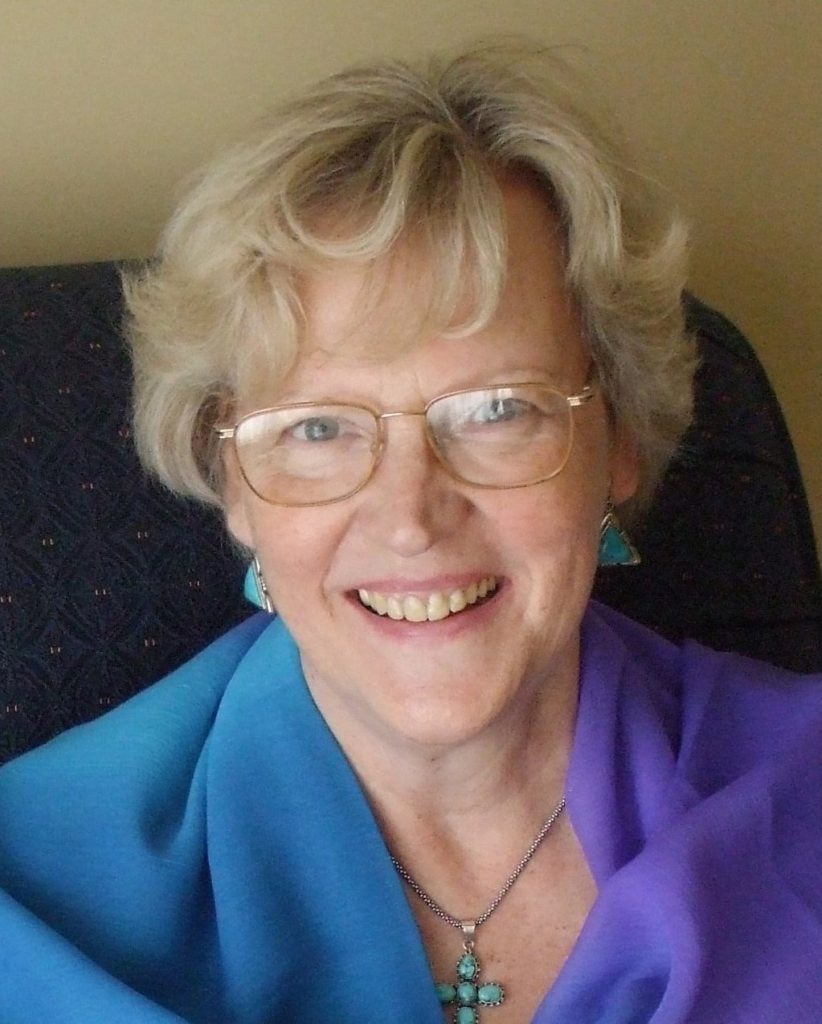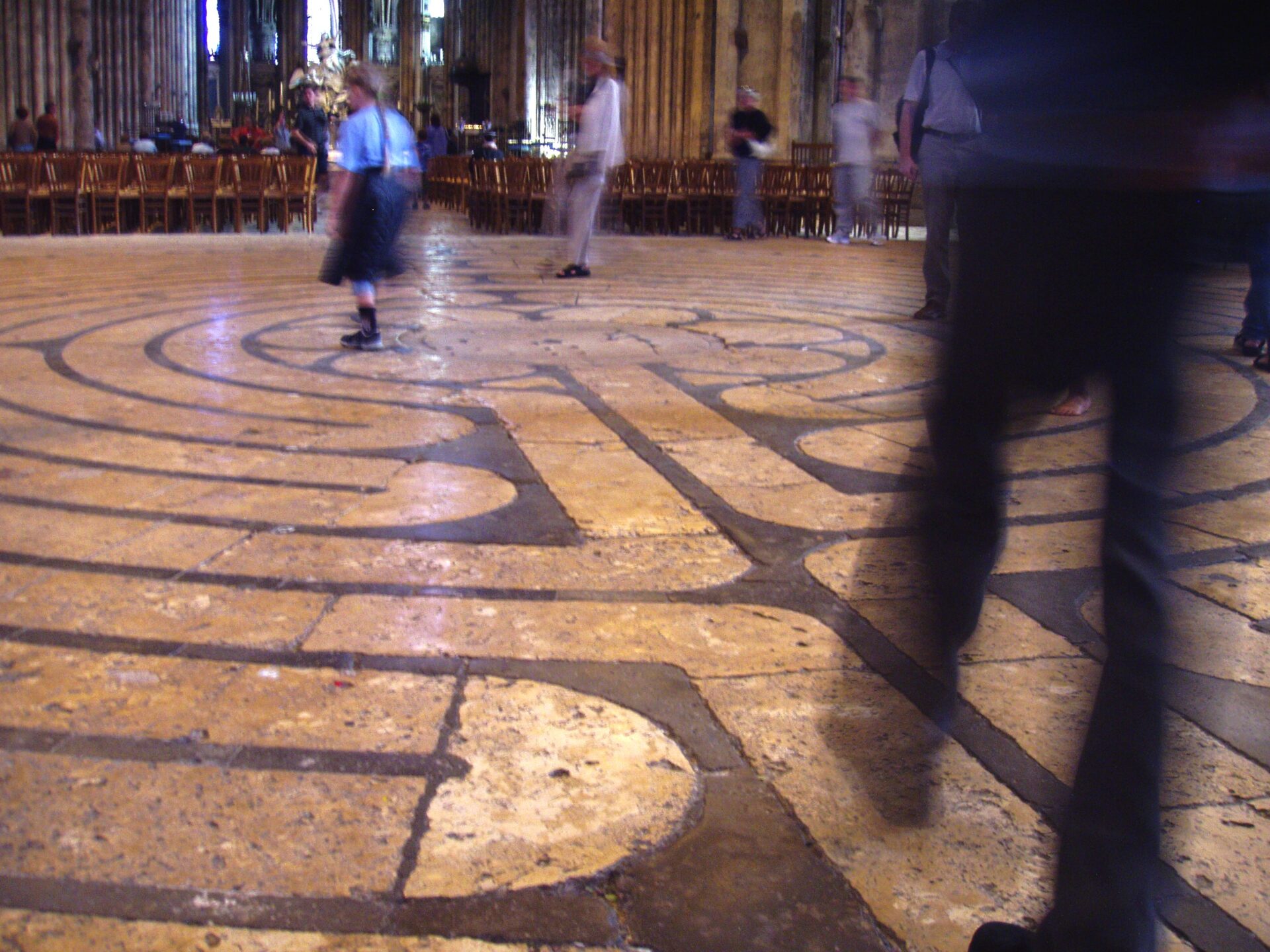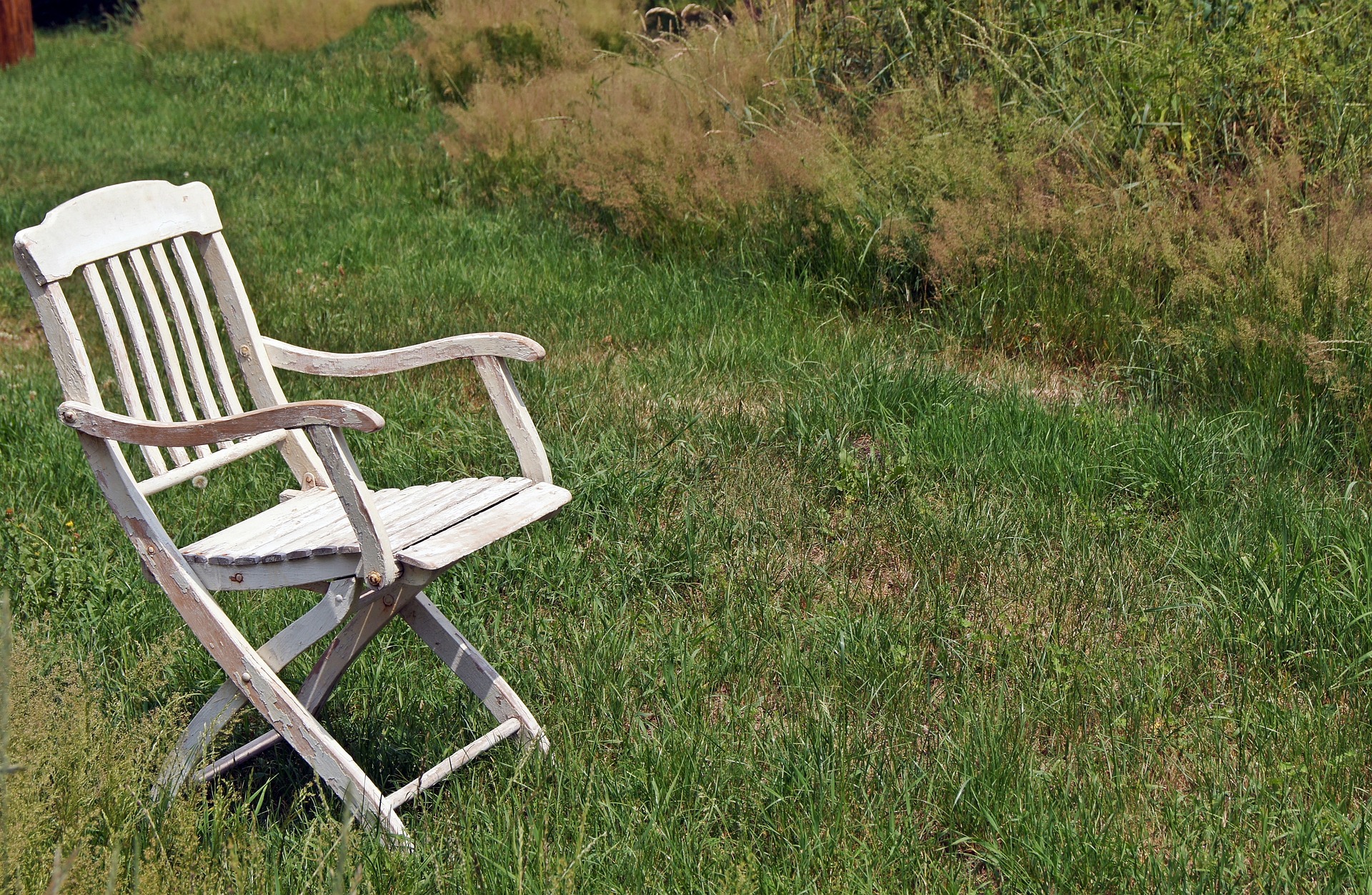The discipline is simple:
Sit down. Sit still and upright. Close your eyes lightly. Sit relaxed but alert. Silently, interiorly begin to say a single word. We recommend the prayer phrase, Maranatha. Listen to it as you say it, gently but continuously. Do not think or imagine anything spiritual or otherwise. If thoughts and images come, these are distractions at the time of meditation, so keep returning to simply saying the word. Meditate twenty to thirty minutes each morning and evening.
‘Sit still and upright….relaxed but alert’ is not as easy as it sounds. Our body has got into bad habits as far as posture is concerned. Nevertheless an upright position with our back as straight as our body will comfortably allow is important. Make sure your shoulders are down and relaxed. The reason we try to adopt this position is that it also helps us to stay awake and alert: our chest is free and open, so that we can breathe well and oxygen can flow freely round our body. It may help to start our session with a few really deep breaths right into the abdomen, which both relax and energize us.
It doesn’t really matter whether we sit on a chair or in the full lotus position, as long as it enables us to comfortably hold our position for the full duration of the meditation. Our feet or knees need to be firmly planted on the ground, so our position is one of rootedness: “Posture is an outward sign of your inner commitment to the discipline of meditation…Becoming rooted in ourselves, we become rooted in our own proper place in creation.” (John Main)
John Main also recommend sitting “with your palms upright or facing down with thumb and forefinger joined.” In the Eastern tradition to have the thumb and forefinger touching is considered to be an important part of the circulation of energy around our system. But it is also an excellent way of keeping alert: when our attention has slipped, we will find that our fingers are not touching anymore either.
To sit still and stay in one place is actually the first hurdle in the discipline of meditation. We are so used to being perpetually on the move and reacting to stimuli coming from outside, that sitting still, not doing anything in particular can seem a daunting and unusual task. Restlessness is in our genes: our ancestors were all members of migratory tribes. In trying to sit still, to stay in one place, we are actually going against the grain. Allowing our body to be still, giving it the permission not to do anything, is the first step of counteracting this restless tendency. It is only by persevering that the urge to move and do things lessens and we become aware of the advantages of stillness and silence. The Desert Fathers and Mothers, on whose teaching Christian meditation is based stressed the importance of staying in one place: “A brother in Scetis went to ask for a word from Abba Moses and the old man said to him, ‘Go and sit in your cell and your cell will teach you everything’.”
The essence of our practice is the repetition of our prayer word. ‘Silently, interiorly begin to say a single word. We recommend the prayer phrase, Maranatha.’ We say it as four equally stressed syllables – ma-ra-na-tha. It does not really matter, whether you say it with an English ‘th’ or with a‘t’ sound. The pronunciation is not important. What is important is that you say it with full attention, lovingly and faithfully. Whenever your thoughts have distracted you, just gently bring your mind back to the word. Some people find it helps them to let the word float on the breath, but if that causes distractions just focus on your word and say it at the speed that suits your being.





